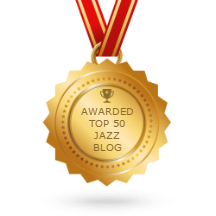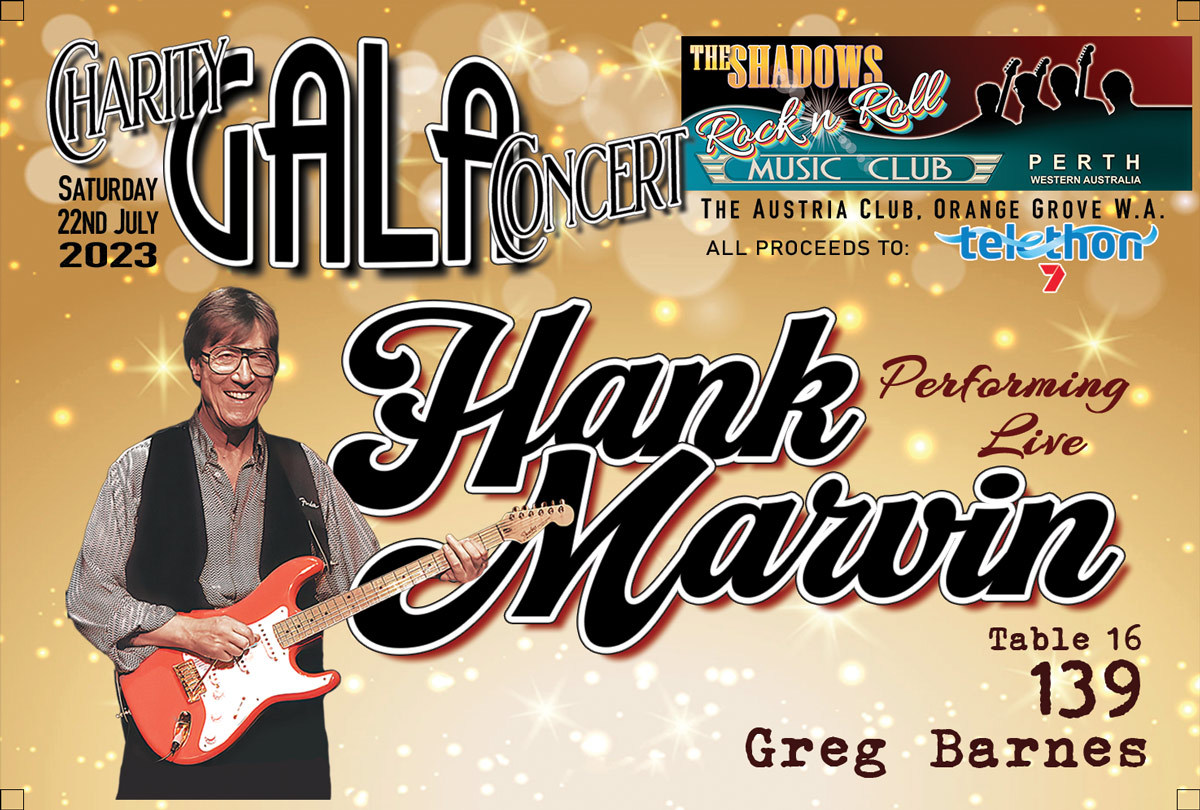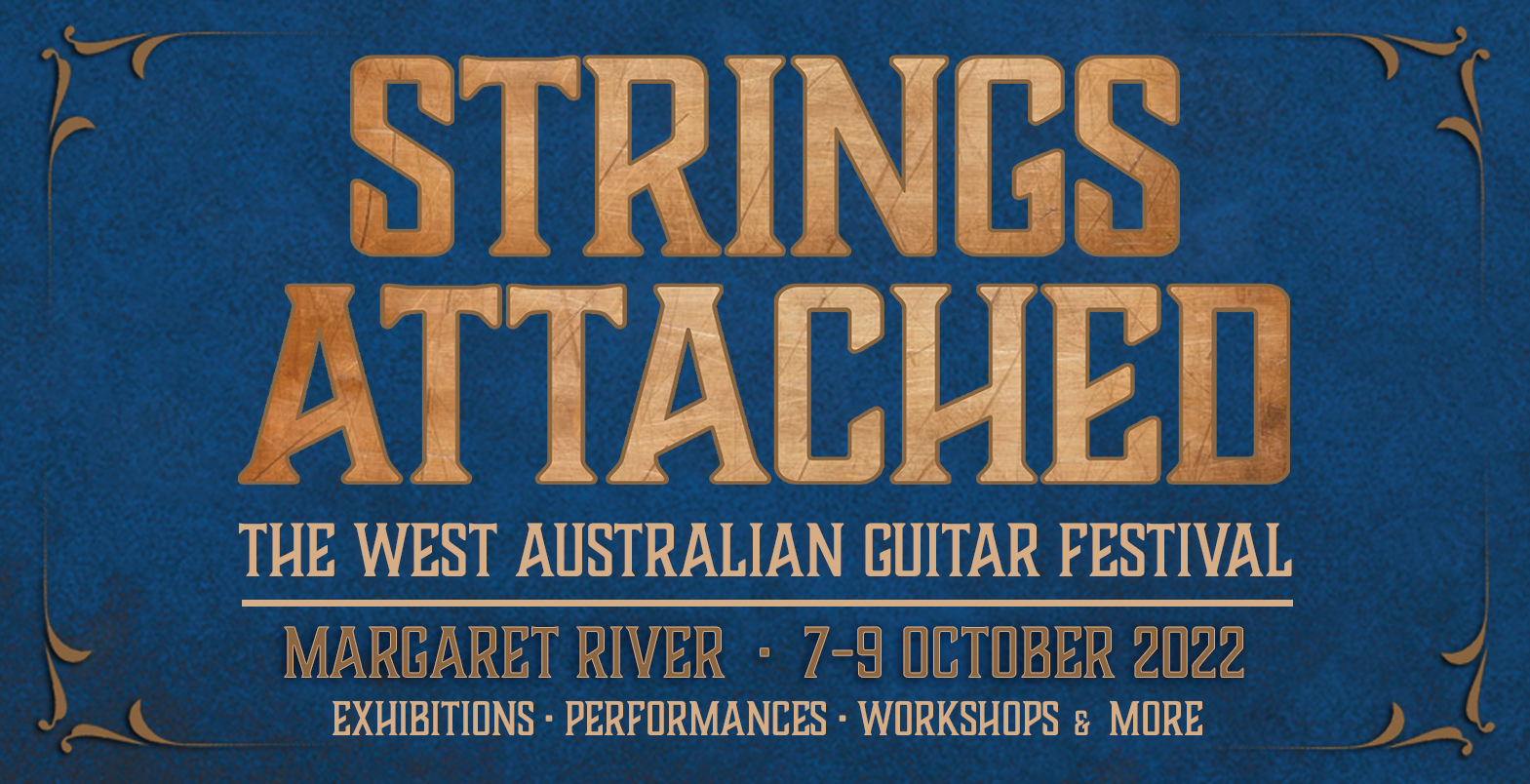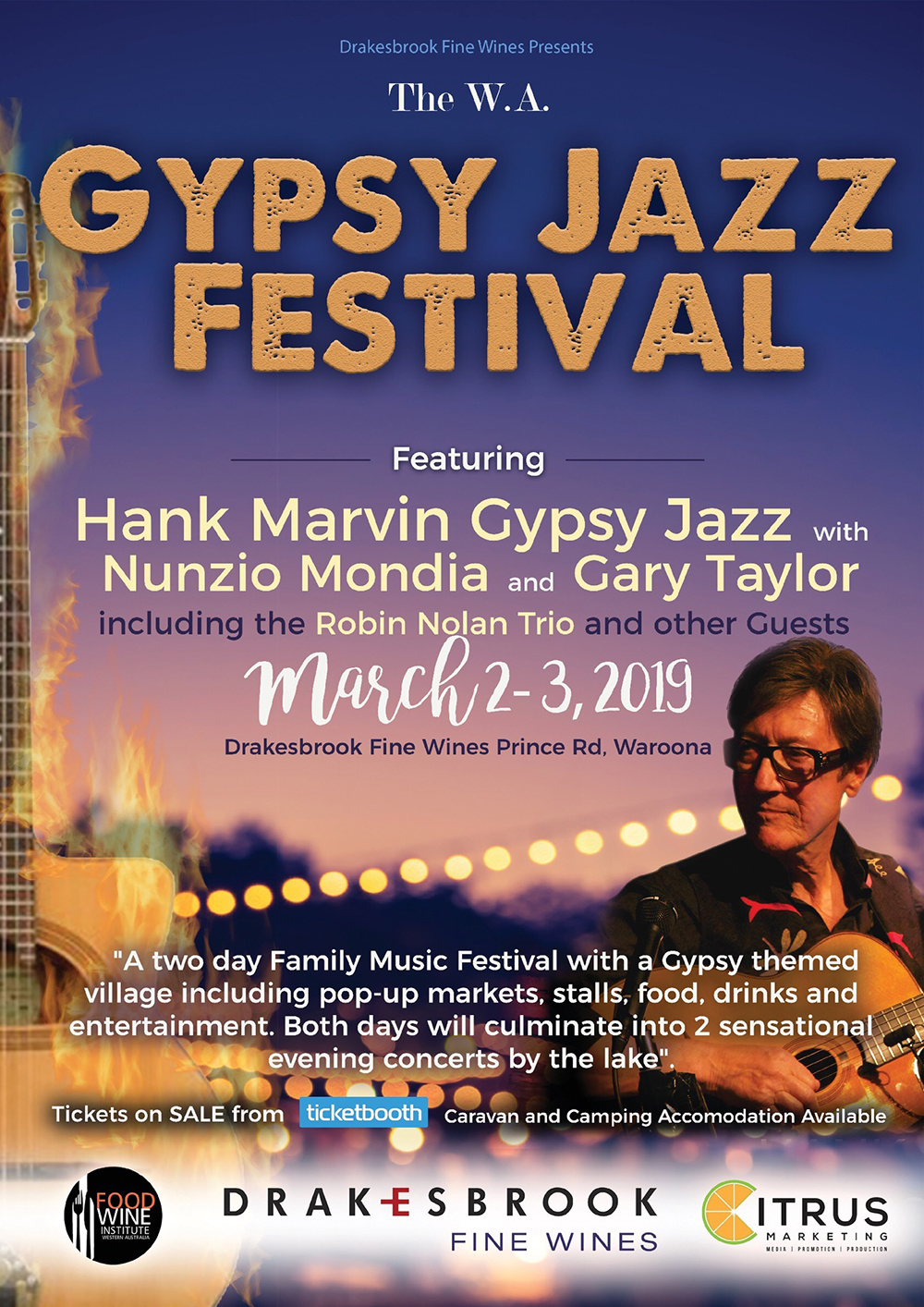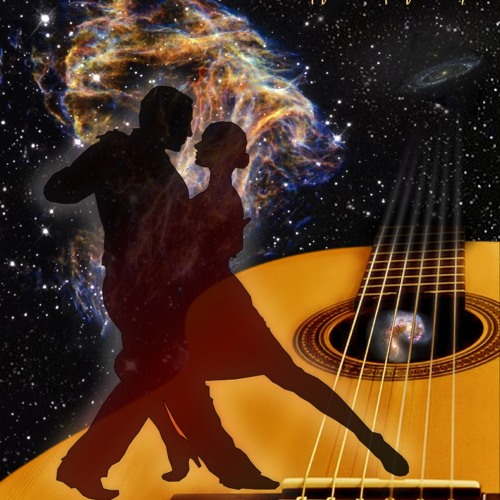Best Blog Award
Percussion instruments and jazz are no strangers to one another. Musicians have been adding percussion elements – beyond drum set – to jazz for decades now. This might pose the question of how a percussionist should approach doing this. There are many things to consider here: rhythmic feel, dynamics, orchestration/instrumentation, etc. Keep in mind that for the purposes of this article, we will not be discussing pitched percussion. There is a world of information involving that particular subject and we will not really be discussing the inner-workings of harmony. Here, we will discuss some basic criteria for adding percussion to jazz music, specifically with jazz guitar.
Swing Feel
Adding percussion to jazz often results in what’s known as “fusion”. You don’t really hear lots of straight-ahead jazz incorporating percussion, but it’s important to go over it to gain a full understanding. One of the defining characteristics of jazz music is its “swung” feel. This typically refers to the way 8th notes are played and it is crucial to the style. Additionally, accents in the swing style are typically felt on beats 2 and 4. A great way to practice each of these concepts is to take a metronome, set it at a slow tempo where it would basically click on every other beat, and think of each click as beats 2 and 4. On a drum set, this would be marked by the pedal hi-hat. See the diagram below to get an idea of how swung 8th notes are played.
An important thing to note about swinging 8th notes is that when you get to playing faster tempos, the 8th notes tend to straighten out. Players often do this because swinging 8th notes as really fast tempos can sound clunky and, frankly, kind of cheesy.
Have a listen to almost any straight-ahead jazz recording and you will likely notice these things right away. If it’s just you on percussion with a jazz guitarist, you have to keep in mind that you will basically be replacing a drum set, and your goal is try to recreate some of this rhythmic action. If you are playing alongside a set drummer, it is imperative that you two are locked in.
Instrumentation
This is really up to the arrangers and performers to decide. The thing about adding percussion to straight ahead jazz, is that it’s almost like a cultural stamp. Percussion instrumentation is often a trait by which many genres are defined. This is why jazz with percussion added to it often falls into the category of fusion. That is not a bad thing by any stretch, but it is definitely something to consider.
For example, as soon as you add congas to something, it almost instantly has a Latin flavor, doesn’t it? That is why it is important to consider the band size, the style, and the feeling you want to give the music.
For playing with a combo that would include another drummer, I think congas work really well. For a duo setup, I tend to prefer bongos with other miscellaneous percussion instruments. Although, I have definitely heard this used successfully with a full band.
Listening
This is the key. You have probably heard this before, but it is worth repeating! Listening to other bands use percussion is important to get a feel for how it is best approached; what you like and what you do not like.
Below, I have provided a few examples of what I consider to be top notch jazz/fusion. None of these really fall under the straight-ahead tradition, but all are definitely jazz-based in one way or another. Hopefully, these will give you some good ideas.
Miles Davis – Bitches Brew – This album is often considered the birth of jazz fusion and it contains a who’s who of jazz musicians. Everyone from John McLaughlin to Wayne Shorter and more plays on this recording. Throughout the album, different percussionists are featured such as Airto Moreira, Don Alias, and Juma Santos. You don’t get to hear much of a traditional application here since this album was very experimental, but it’s a great peek into the possibilities of adding percussion to a band. I have always found it amazing how Miles Davis has been at the forefront of every new evolution of jazz over the course of 50 years.
Snarky Puppy – We Like It Here – This is a more modern band with lots of elements from many different genres. In fact, there are so many pieces to this band that I think they would have been remiss if they did NOT have a percussionist. Luckily, that is not the case. The music on this album is very progressive while being incredibly listenable. One particular track gained some serious popularity on YouTube a while back: Lingus. This is a really great composition, but it is also well known for a seriously killing solo by Cory Henry on keys. Once again, this is not a traditional application, but you can hear how elements from jazz permeate all of the music on this album.
Airto Moreira – Free – Of the three examples listed here, this album is probably the closest to traditional jazz. Again, however, it does not fall into the straight-ahead tradition, but borrows several elements from it. This one I find particularly interesting as you can hear influence from different styles, all while maintaining the jazz spirit of improvisation and overall inventiveness. It also does not hurt that players such as Chick Corea, Stanley Clarke, and Keith Jarrett are featured here! In fact, I definitely recommend the tune, “So Tender”, where Keith Jarrett showcases some really brilliant playing.
Conclusion
To conclude, there is definitely a place for percussion instruments in jazz music. It is a bit unusual to find straight-ahead recordings that feature much percussion, but it does happen. It is much more common to hear percussion featured in the fusion side of things as with some of the examples listed above. I hope you found this useful and perhaps even inspiring. Jazz is all about exploration, so dig in and see what comes out!
About the Author
Marc-Andre Seguin is the webmaster, “brains behind” and teacher on JazzGuitarLessons.net, the #1 online resource for learning how to play jazz guitar. He draws from his experience both as a professional jazz guitarist and professional jazz teacher to help thousands of people from all around the world learn the craft of jazz guitar.

